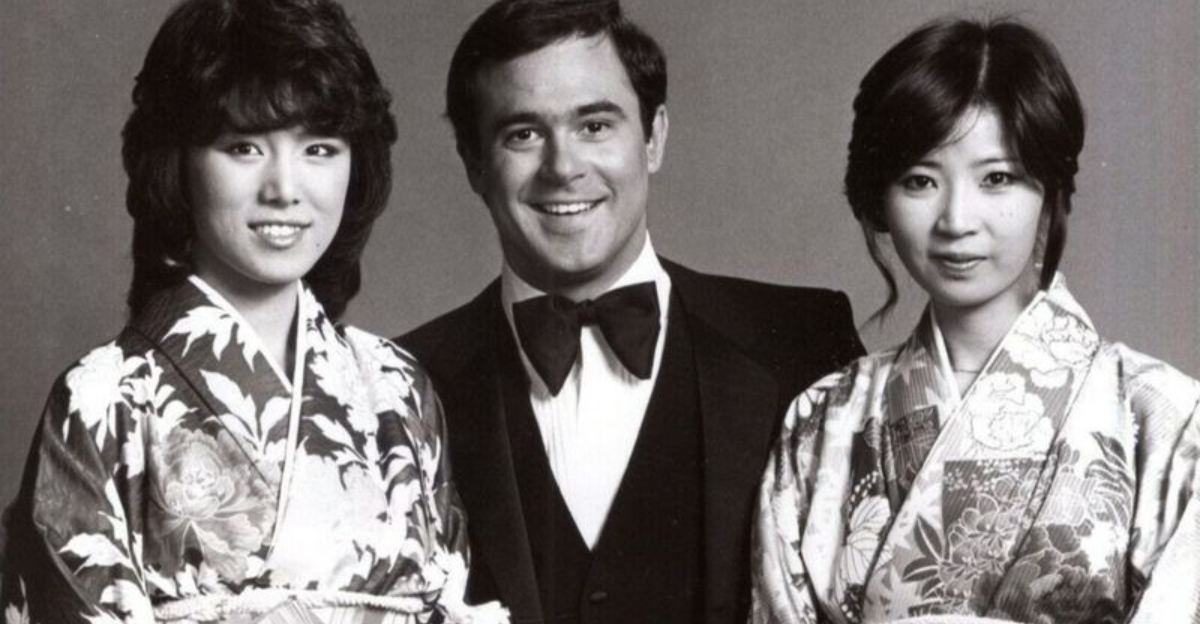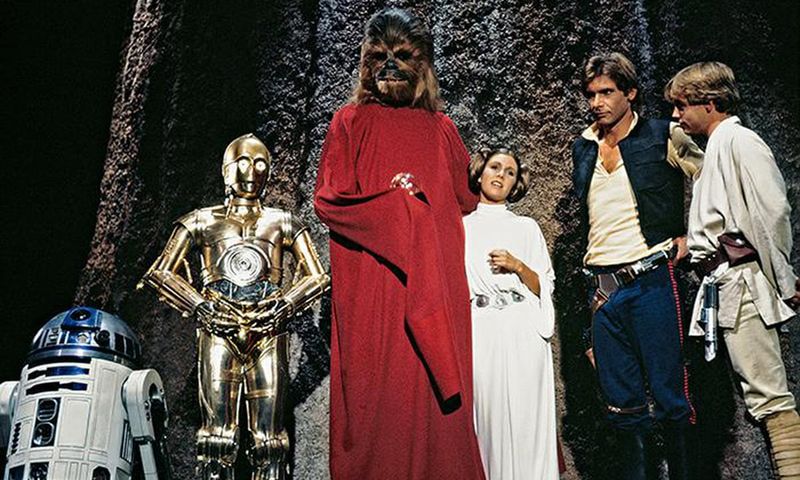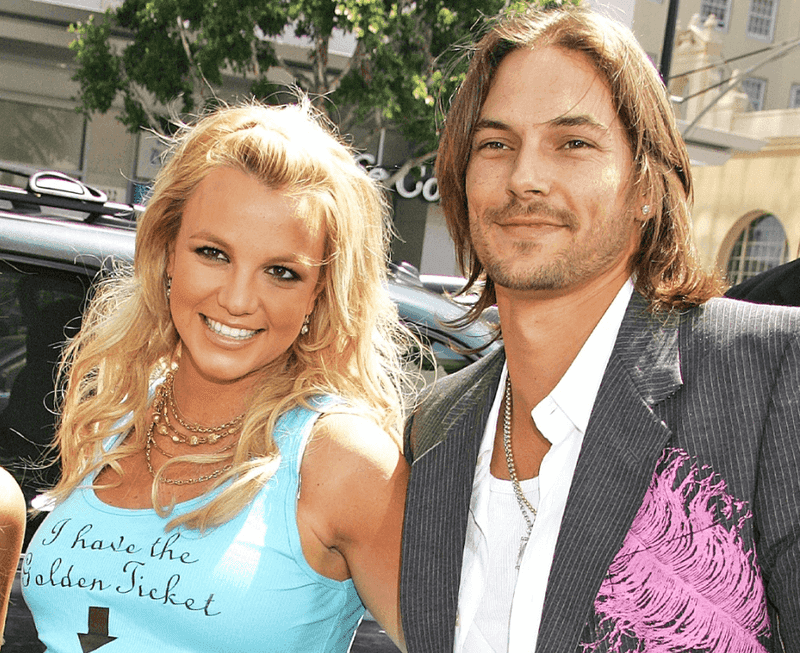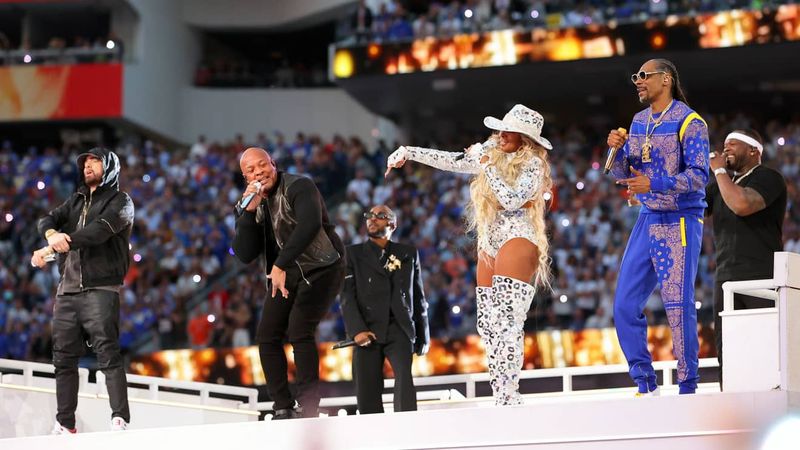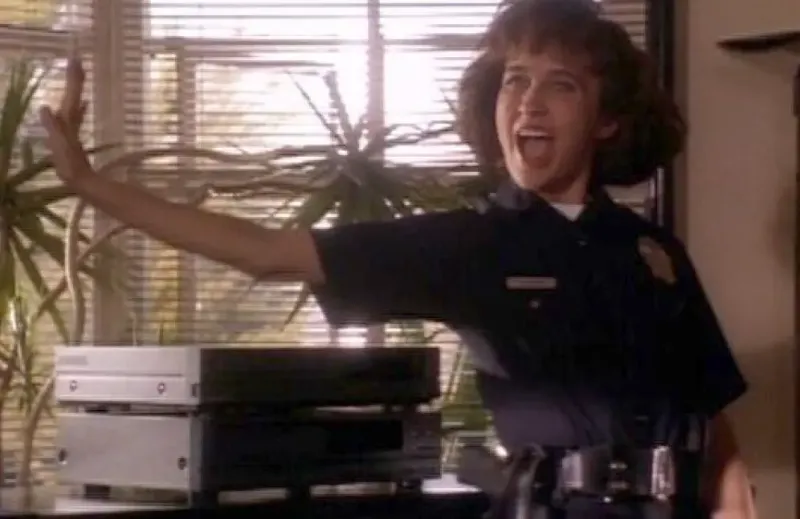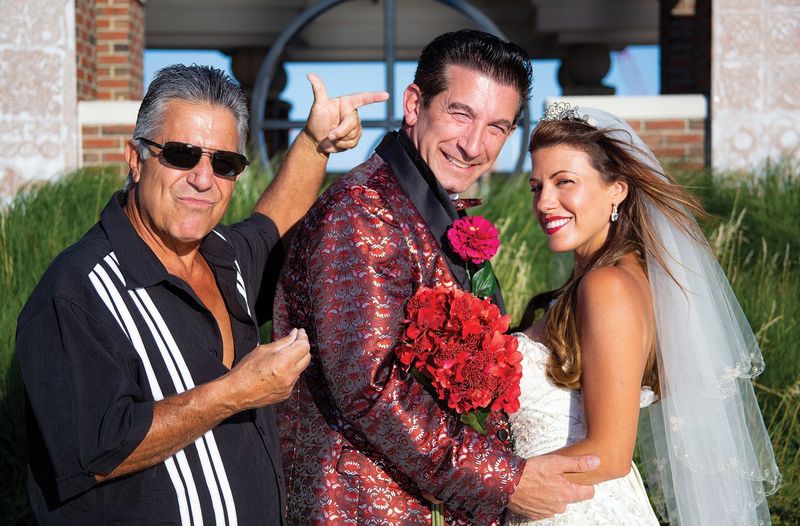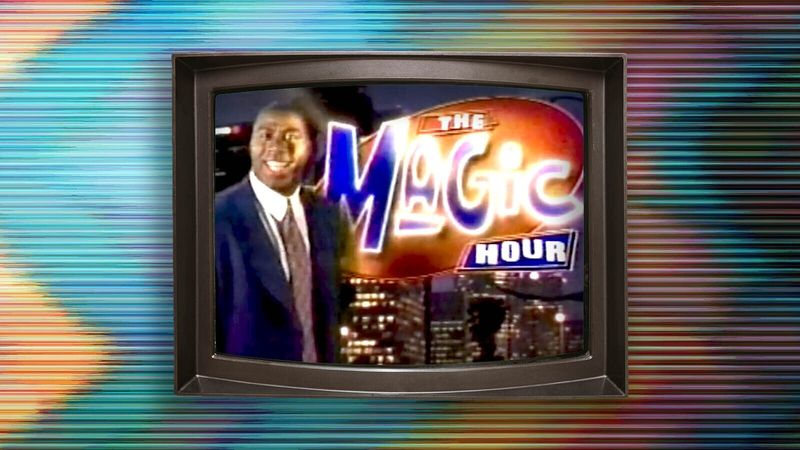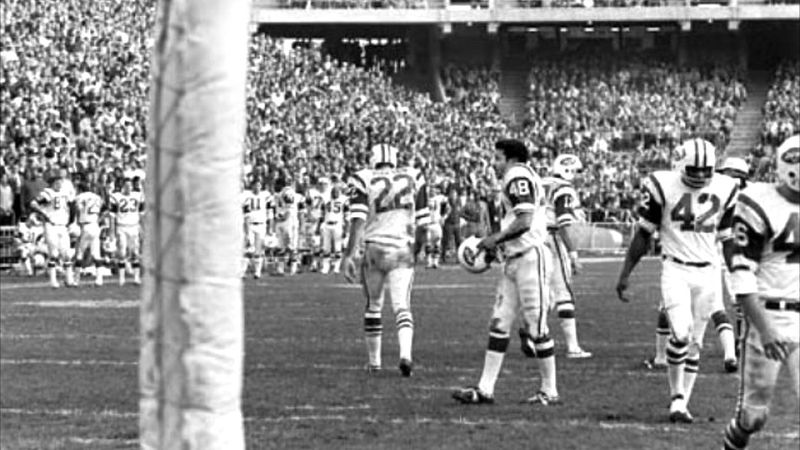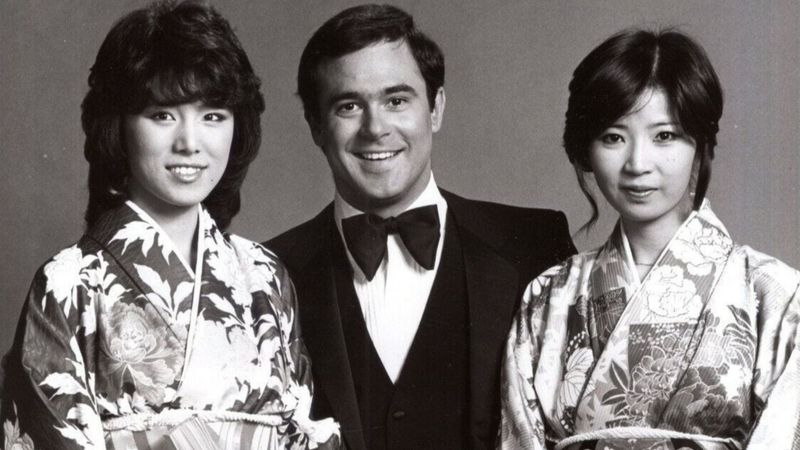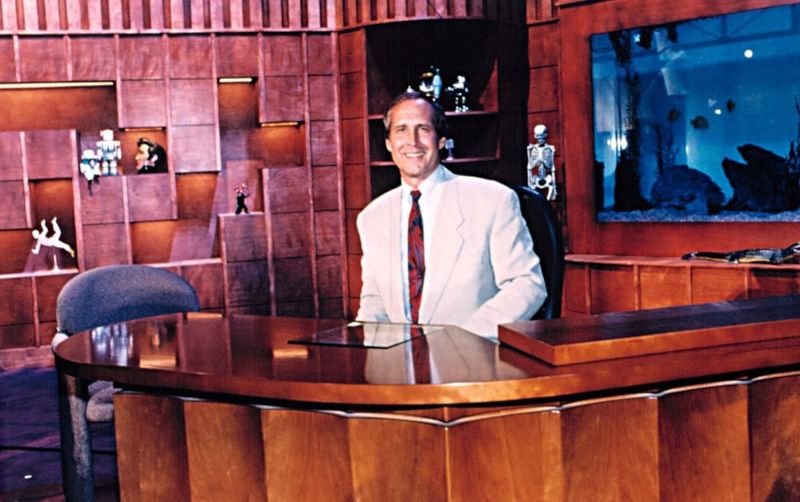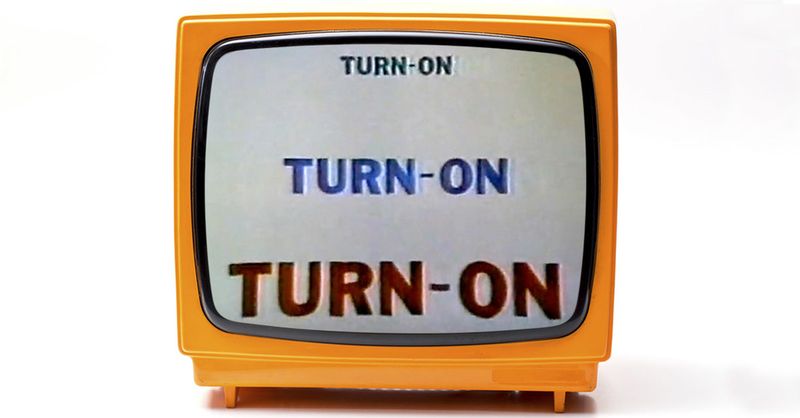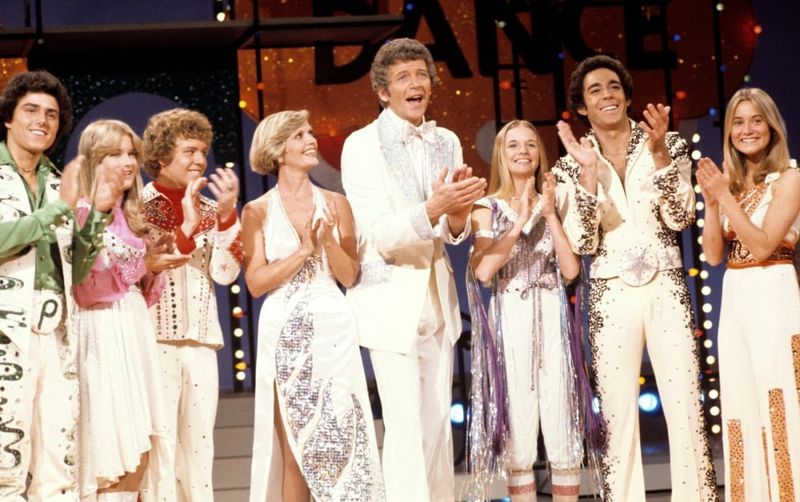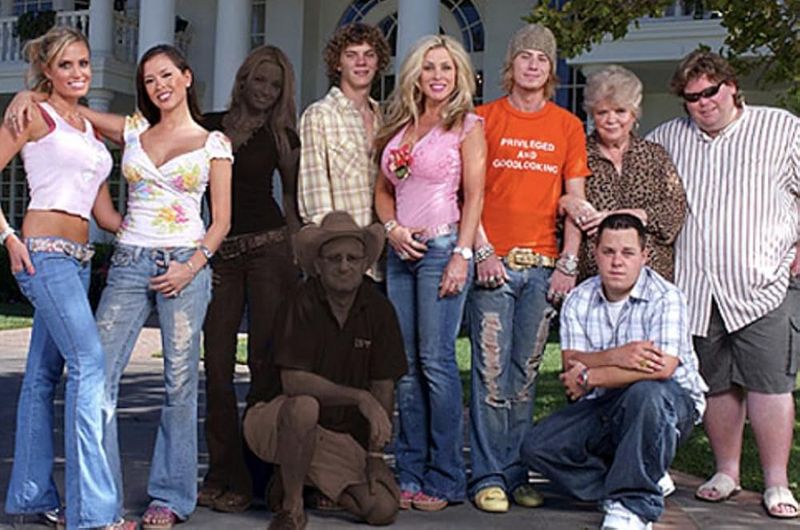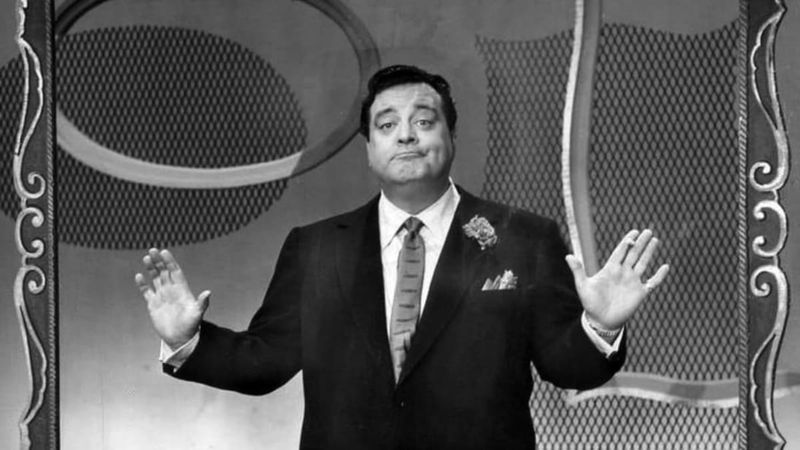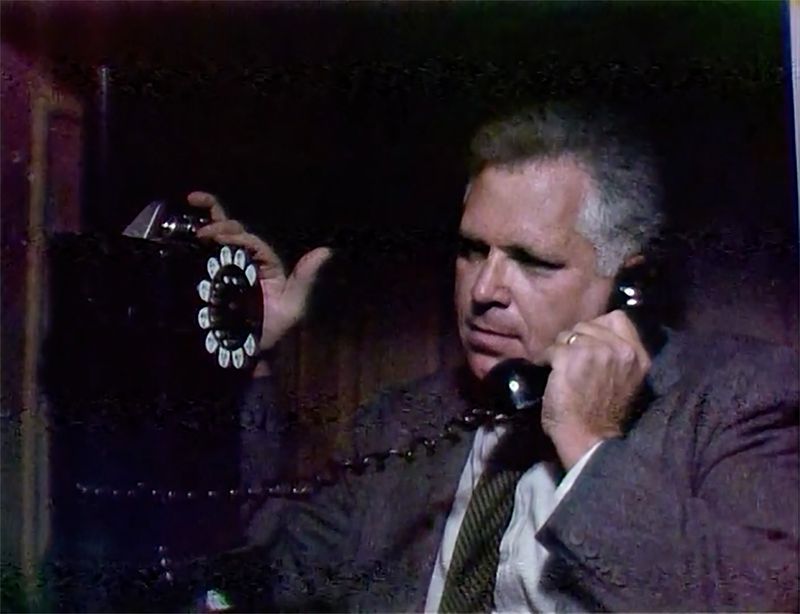Television history is littered with memorable moments, but not always for the right reasons. Some TV specials have gained infamy for their sheer audacity, cringe-worthiness, or outright failures that have become legendary. Others, however, have been forgotten, perhaps for the best, as their quality was even more dismal. Let’s explore these notorious TV disasters.
1. The Star Wars Holiday Special (1978)
How does one even begin to describe the Star Wars Holiday Special? Even George Lucas himself seems to wish it would disappear from existence. This bizarre variety show features Chewbacca’s family in a storyline that’s both confusing and unnecessary. The psychedelic Jefferson Starship performance is a fever dream in itself.
Harvey Korman’s cooking segment is equally baffling, and even Mark Hamill looks like he’d rather be anywhere else. Fans of Star Wars either love to hate it or hate to love it, making this special a peculiar chapter in the galaxy far, far away.
2. Britney & Kevin: Chaotic (2005)
Once upon a time, pop princess Britney Spears and her then-husband Kevin Federline decided to let the world into their personal lives. Britney & Kevin: Chaotic is a reality show that documents their troubled relationship. The spectacle is filled with awkward PDA, bizarre monologues, and a lack of self-awareness.
Despite their intent to showcase a fairytale romance, the series only succeeded in highlighting their doomed marriage. A cringe-inducing glimpse into the lives of the rich and famous, it remains a cautionary tale of reality TV’s pitfalls.
3. The Pepsi Super Bowl LVI Halftime Show ft. Dr. Dre, Snoop Dogg, Eminem… and Don’t Forget Mary J. Blige! (2022)
The Pepsi Super Bowl LVI Halftime Show was a spectacle anticipated by millions. While the musical performances were stellar, a last-minute title change to avoid controversy created a PR nightmare. The shadow of Colin Kaepernick’s lawsuit loomed large, turning what should have been a celebration into a contentious event.
Despite the talent on display, the show became a cautionary tale of how quickly public sentiment can shift. It stands as a reminder of the complexities and challenges that surround high-profile events.
4. Cop Rock (1990)
Imagine a police procedural where officers burst into song during investigations. This was the premise of Cop Rock, a show blending crime drama and musical theater in a way that baffled audiences. Its quirky concept might have seemed promising on paper, but in execution, it quickly became a laughingstock.
Despite lasting 11 episodes, it failed to capture the hearts of both crime and musical enthusiasts. Critics panned it as an ambitious misstep, and ABC eventually buried it, leaving a legacy as one of TV’s most unusual failures.
5. Joey & Maria’s Comedy Wedding (1980s-90s)
Joey & Maria’s Comedy Wedding was an interactive dinner theater experience that somehow found its way onto PBS. Guests participated in a mock wedding filled with exaggerated Italian-American stereotypes and over-the-top antics. Despite or perhaps because of its aggressive humor, it managed to run for years.
The show’s charm was lost on many viewers, who found it more awkward than amusing. It serves as a reminder of the niche entertainment that sometimes captures public interest, even if it leaves others puzzled.
6. The Magic Hour (1998)
When basketball legend Magic Johnson transitioned to hosting a late-night talk show, expectations were high. The Magic Hour, however, quickly fizzled due to its awkward interviews and lack of engaging content. Despite Johnson’s charm, the show couldn’t compete with established late-night hosts.
The two-month run was marked by low ratings and critical disdain, leading to its cancellation. It’s a stark reminder that charisma in one field doesn’t always translate to another, even for a beloved sports icon.
7. Heidi Bowl (1968)
In 1968, NBC made a decision that still echoes in broadcasting history. The network cut off a crucial NFL game to air the children’s film Heidi. The abrupt switch left millions of football fans enraged and is now infamous as the Heidi Bowl.
The incident highlighted the tension between sports and entertainment programming, leading to changes in network policies. It’s a classic example of how a simple scheduling decision can ignite widespread outrage, resonating with audiences decades later.
8. Pink Lady and Jeff (1980)
The cultural collision that is Pink Lady and Jeff is a sight to behold. Featuring Japanese pop duo Pink Lady, who spoke little English, alongside comedian Jeff Altman, the variety show was a bewildering blend of music and comedy. Lasting only six episodes, it struggled to find its footing.
Critics and audiences were perplexed by the mismatched pairing and erratic content. While it aimed to bridge cultural gaps, it ultimately became a fascinating example of how intentions can backfire in the entertainment world.
9. The Chevy Chase Show (1993)
Chevy Chase, known for his comedic prowess, ventured into late-night television with The Chevy Chase Show. Unfortunately, what followed was a five-week whirlwind of awkward interviews and tepid reception. Guests often seemed to mock Chase, adding to the uncomfortable atmosphere.
The experiment ended abruptly, with critics labeling it as one of TV’s great missteps. This short-lived endeavor remains a cautionary tale for those looking to replicate their success in unfamiliar arenas.
10. Turn-On (1969)
Turn-On promised to be a groundbreaking sketch comedy show, but its first episode was so offensive that stations pulled the plug mid-broadcast. Designed as a Laugh-In ripoff, its boundary-pushing humor crossed lines that left viewers and sponsors uneasy.
The show was immediately canceled, becoming a symbol of television’s risk when pushing the envelope. Despite its failure, Turn-On is a reminder of the fine line between innovation and alienation in comedy.
11. The Hasselhoff Show (Germany, 2002)
David Hasselhoff, beloved star of Knight Rider and Baywatch, took on a new challenge with The Hasselhoff Show in Germany. Contestants sang Hooked on a Feeling while donning masks of ‘The Hoff,’ creating an atmosphere both surreal and amusing.
Despite Hasselhoff’s popularity, the show’s odd premise didn’t resonate with audiences, and it quickly faded into obscurity. It’s a curious chapter in Hasselhoff’s career, illustrating the unpredictability of celebrity-driven projects.
12. Supertrain (1979)
Supertrain was an ambitious series with a simple concept: a nuclear-powered train hosting Love Boat-style dramas. While the idea was intriguing, the execution fell flat. Each episode cost a staggering $10 million, but it quickly derailed amidst poor ratings.
The lavish production couldn’t salvage the show, and it was canceled after only a few episodes. Supertrain stands as a cautionary tale of how high budgets don’t guarantee success in the fickle world of television.
13. The Brady Bunch Variety Hour (1976)
Reimagining the wholesome Brady family as a disco-singing, skit-performing troupe might seem odd. Yet, The Brady Bunch Variety Hour brought this unexpected twist to life. Despite its nostalgic charm, even Florence Henderson famously disliked the project.
The show struggled to capture the original series’ magic and was quickly shelved. It remains a curious footnote in Brady Bunch history, showcasing how drastically beloved characters can be reimagined.
14. The Will (2005)
The Will was a reality show where contestants vied for a dying man’s inheritance, a concept critics quickly labeled as “ghoulish.” The uncomfortable premise made it difficult for viewers to engage with empathy, leading to its swift cancellation.
Despite its potential for drama, the show failed to resonate, illustrating the risks of exploiting personal situations for entertainment. The Will is a stark reminder of how certain lines should not be crossed in reality television.
15. You’re in the Picture (1961)
You’re in the Picture is remembered less for its gameplay and more for its aftermath. Hosted by Jackie Gleason, the show’s confusing format left audiences bewildered. After a disastrous first episode, Gleason famously apologized on-air instead of airing a second episode.
This candid moment became more memorable than the show itself. It serves as a fascinating example of how television sometimes requires humility and a swift pivot to maintain dignity.
16. The Chevy Mystery Show (1960)
In 1960, a unique horror anthology show premiered, sparking curiosity and dread. “The Chevy Mystery Show” was a TV experience like no other, where each week introduced a different host only to meet a gruesome demise by the episode’s end.
With only six episodes aired, the show’s macabre nature terrified sponsors, leading them to withdraw support. The concept was intriguing yet perhaps too ahead of its time, its dark humor failing to find its audience.
This short-lived series left a mark, remembered not for its storylines but for its chilling endings and abrupt cancellation.
